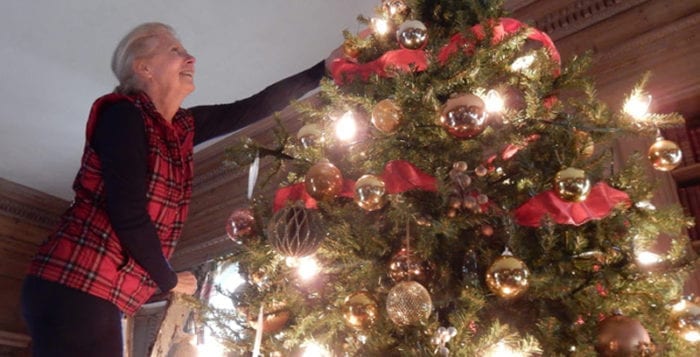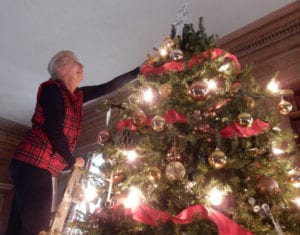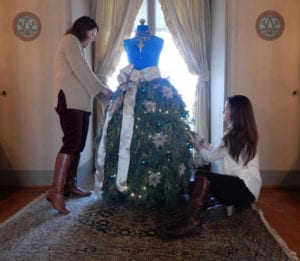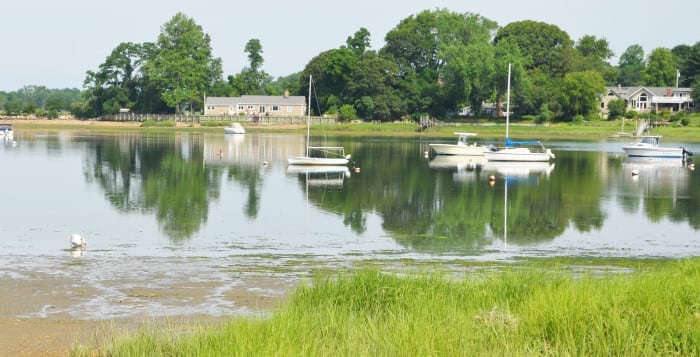Smithtown residents are up in arms about the sale and potential development of the district’s administration building on New York Avenue.
At the Dec. 13 Smithtown school board meeting, citizens gathered to express their dissatisfaction with how the board has handled the plan and criticized them for a lack of transparency.
Joe Fortunato, a Smithtown resident, said he came to the meeting to express his disappointment with the board.
“I understand the need for development in this town, but 250 units on 13 acres is ridiculous,” he said. “The zoning has to be changed, and we’re being almost railroaded into having to accept four-story structures in a neighborhood that we moved into 25 years ago that was very quaint in nature. To be forced to hear that we have to accept this as part of Smithtown revitalization is ridiculous.”
Fortunato said he doesn’t agree the plan will benefit the whole community in part because the increase in traffic will actually cause more problems.
“To be forced to hear that we have to accept this as part of Smithtown revitalization is ridiculous.”
— Joe Fortunato
Dennis Bader, like Fortunato, is a Smithtown resident who said he has lived through many development projects in the area. He asked the board how they came to the decision about the amount of structures in the complex, which the board said they had no control over.
“That was up to the developer,” district Superintendent James Grossane said.
Community member Richard Cardone said the board does not have their best interests at heart.
“Do you think all these people would be here if you had the town’s best interests?” he asked. “You’re going to lose the horseshoe of people that live around this school because nobody is going to want to live in a community with 200 plus apartments, with cars going all around here, the streets can’t handle anymore traffic than we have now. This community does not want this. I’m telling you it doesn’t belong here. Shame on you.”
Grossane addressed the audience before the public comment period.
“This decision was reached following several months of careful planning and extensive research,” he said. “This decision was not made lightly.”
Grossane said the New York Avenue building is more than 80 years old, and is in dire need of repairs, which the district would receive no state funding for because the building is used for administration and not instruction.
“Our enrollment continues to decline each year, by approximately 300 students per year,” he said. “In fact, our enrollment has fallen from a recent high of 10,800 in 2009 to the current 9,300, and is projected to continue to decline until it reaches approximately 8,500 students a few short years from now.”
He said one of the board’s primary responsibilities is to be fiscally prudent to the residents of the entire Smithtown district.
“The sale of the New York Avenue property amount to approximately $15 million or more to assist the district with future budgetary concerns,” he said.
Grossane said the district worked with town officials throughout the year to find the right bidder and to help a plan come to fruition, and he was surprised to hear Supervisor Pat Vecchio’s (R) comments that the school board had no communication regarding the property.
“The school board is being presumptuous in assuming the town board will change the zone,” he said in a previous interview. “There must be a public hearing and the people will be heard for or against such a change.”
The Smithtown school board voted at the Oct. 25 meeting to approve entering a contract with Southern Land Company LLC, for the sale of the property and the surrounding land.
According to Grossane, Southern Land Company is planning to building one- and two-bedroom apartments that will be “in keeping with the architectural style of Smithtown.”
The district was encouraged to explore the sale of the building by members of the community in the spring, in the hopes of avoiding the closure of Branch Brook Elementary School.




















